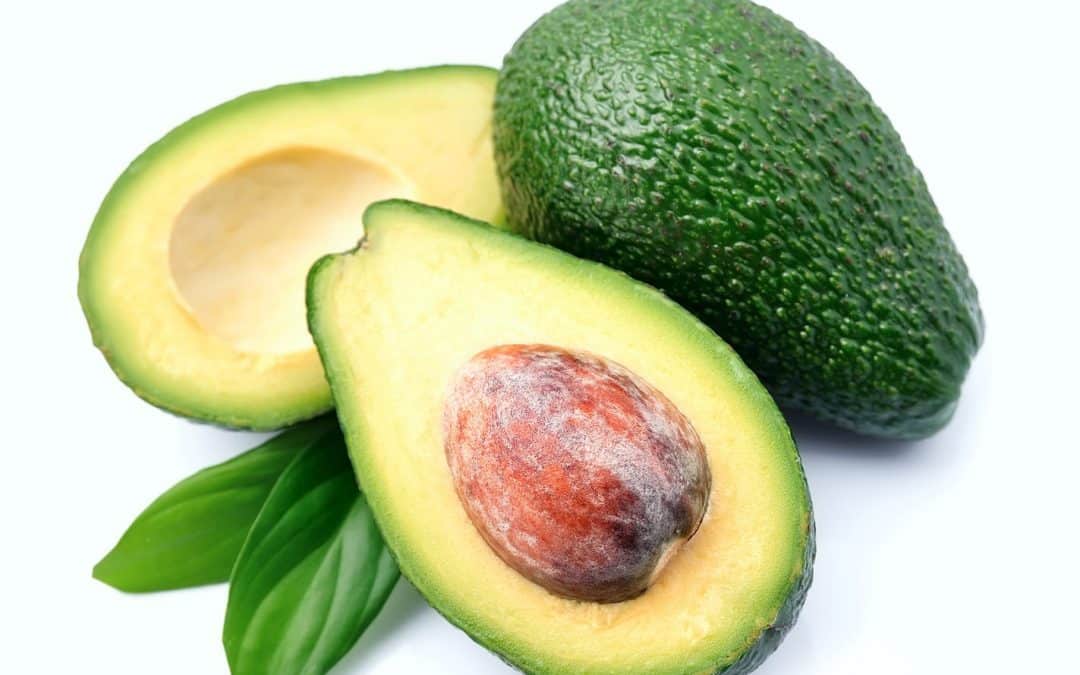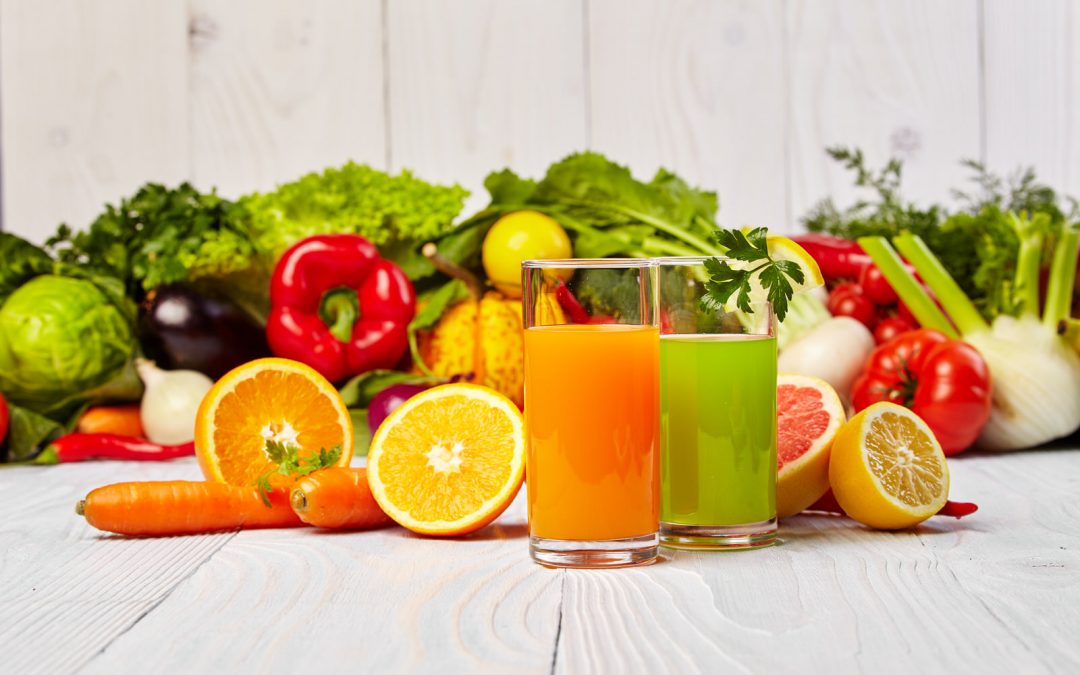


Eat Your Way To A Slimmer Stomach
When it comes to achieving a flat stomach or “six pack,” strength training like classes, abdominal work, and cardiovascular exercise are only part of the must-do’s for toning up your midsection. Those abs will remain hidden unless you’re also...
